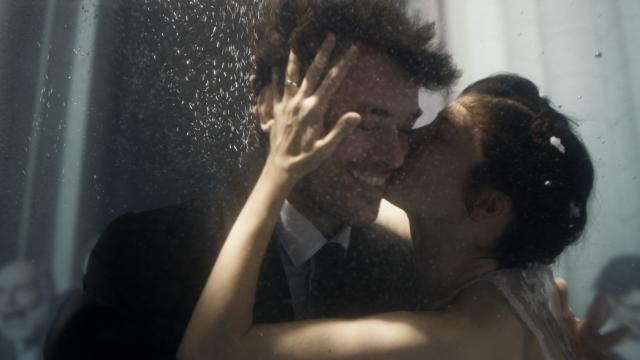Books have been adapted for the big screen since the dawn of cinema, but the transition can be tricky — especially when the original is a uniquely dreamlike counter-cultural touchstone. Mood Indigo is Michel Gondry’s latest feature film; he recently spoke with us about bringing the fantastic voyage of young love and deep loss to life with physical sets and a refreshing lack of CGI.
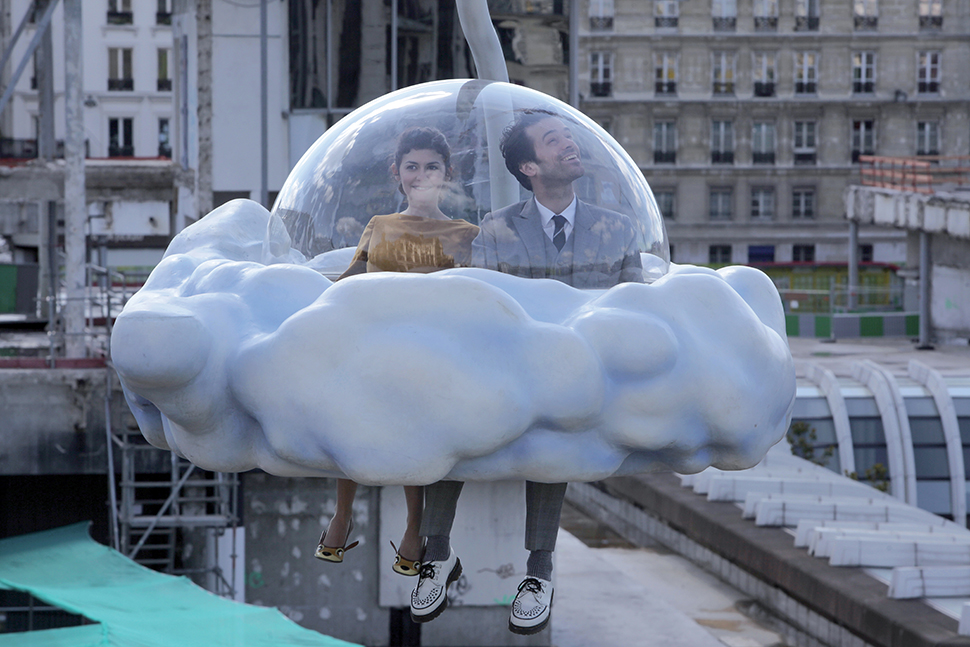
The source material for Mood Indigo — L’Ecume Des Jours, or Foam of the Daze — was written in 1947 by Boris Vian. “When I discovered this book it was eye opening,” Gondry told me over the phone. “I didn’t know that you could write something very charming and surprising that was still extremely romantic.”
It’s a strange, beautiful and heartbreaking tale set in a not-quite-real-world where pianos are tuned to make cocktails when keys are played, and fresh flowers are used to treat diseases; a classic tale of boy meets girl, boy and girl get married, girl develops a rare and debilitating condition where a water lily begins to grow in her lung and sucks the joy, hope, and raison d’être out of life. It’s visual and it’s visceral, and in Gondry’s crafty hands the fantastical elements come to life in the kind of lo-fi meets inventive-tech way that characterises his style. Plus, it stars Audrey Tatou, who it just one of the most charming women on the planet.
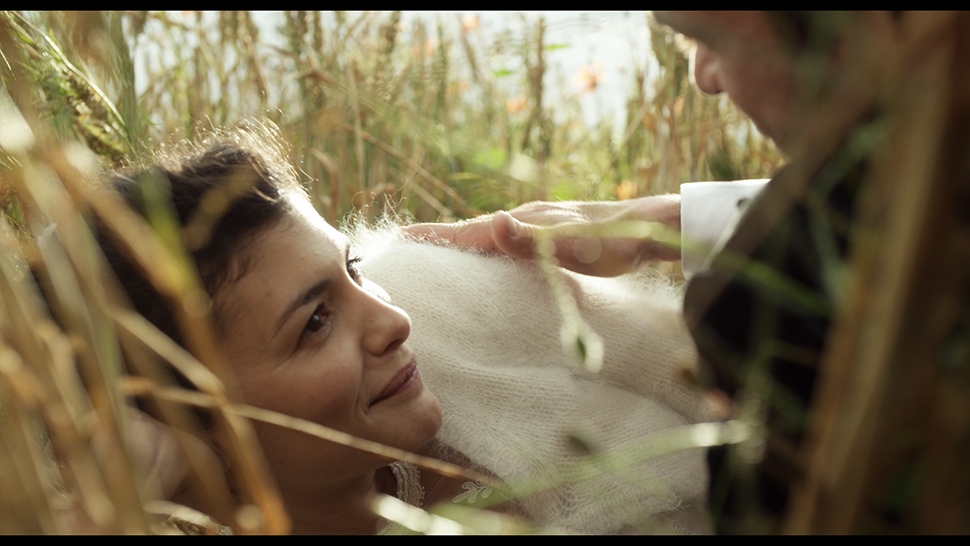
Rather than rely entirely on elaborate CGI and green-screen tricks to render some of the more out-there aspects, Gondry and production designer Stéphane Rosenbaum — who also collaborated on The Science of Sleep — and their team instead built out and sourced sets composed of familiar objects from an intentionally diverse range of time periods, each modified just enough to make them feel both familiar and completely new. Like, say, a street-legal ride sided in plexiglass, or a room full of authentic typewriters from the 1970s that took months to track down.
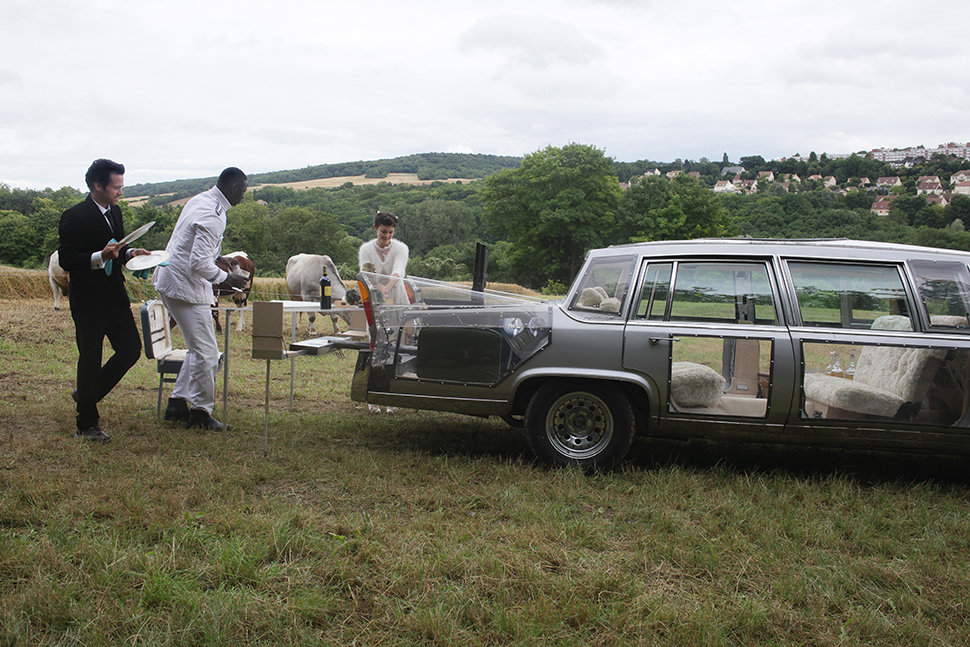
“When you’re outside in a movie, to understand what period it is, you look at the cars more than you do the architecture. And when you’re inside you look at the computers and technology to tell you if you’re in the 80s, 90s, 2000s, or whenever. But I wanted to change all that; I wanted a bit of everything. We’re in a different era without saying to the audience exactly when. So we had a lot of existing objects that we transformed,” he said. “I think this makes an important connection with the real world.”
In terms of inspiration, they didn’t need to look much further than the prose. “It’s very descriptive,” Gondry says of the book. “It talks about the fixtures, the colours, and it’s a mix of the when it was written and the stuff of the future.” So things in the film you might look at and think, “Whoa, that is Maximum Gondry” — a TV chef reaching through the screen to help out with a recipe; an announcer at the ice skating rink with the head of a pigeon; a flying car in the shape of a cloud — actually came from Vian’s brain first. “Then we took it from there,” Gondry said. “I used my own imagination, and Stephane’s imagination, and everyone brought something to it.”
The process to realise those concepts took shape offline. “I’m not keen on the computer,” Rosenbaum told me, so he made a massive mood board, “like a big collage with photographs.” Some sets, like the apartment shared by our young lovers, were made in a scale model before embiggening to the real deal — a train car used to create a bridge between the top of two buildings.
The scene that came to embody the film’s entire vibe involves a stop-motion meal where the dishes move and morph on top of the dining table. “We talked a lot to find a design for the movie,” Rosenbaum says. “I tried many different things, but when I presented the concept for the food, he said: ‘That is the look.’”
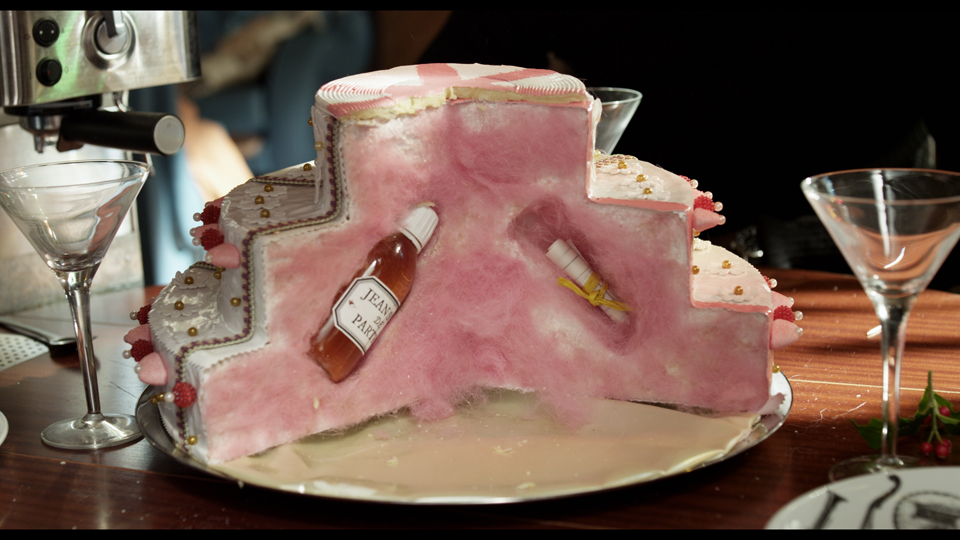
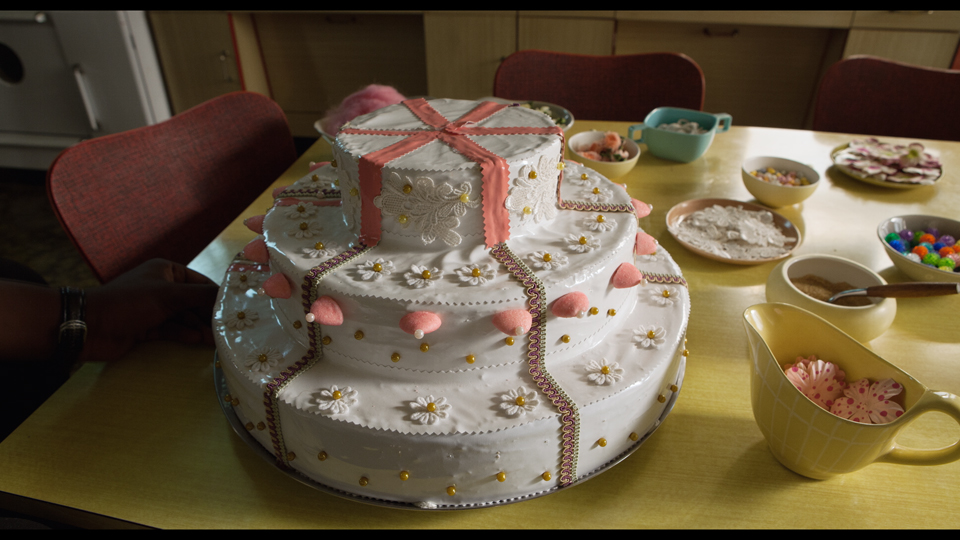

The Vian-Gondry combo — two off-beat visionaries whose artistry runs way wide of center — has, in some ways, been decades in the making. Vian was born outside Paris in 1920; throughout the course of his relatively short life — he passed away before his fortieth birthday — he developed a passion for writing and music (with a special love for jazz) among a whole host of other creative pursuits. He published a handful of surreal titles including Foam of the Daze under his own name that didn’t garner much attention while he was alive, but he did find some success with the controversial crime stories distributed under his nom de plume, Vernon Sullivan.
Sullivan was a purely fictional construct with a clever bit of a backstory: An up-and-coming American author whose works were composed in English, and merely translated into French by Vian. His crime thrillers were heavy — really, really heavy — on lurid details and depictions of disturbingly visceral violence, which is precisely what gave them an edge.
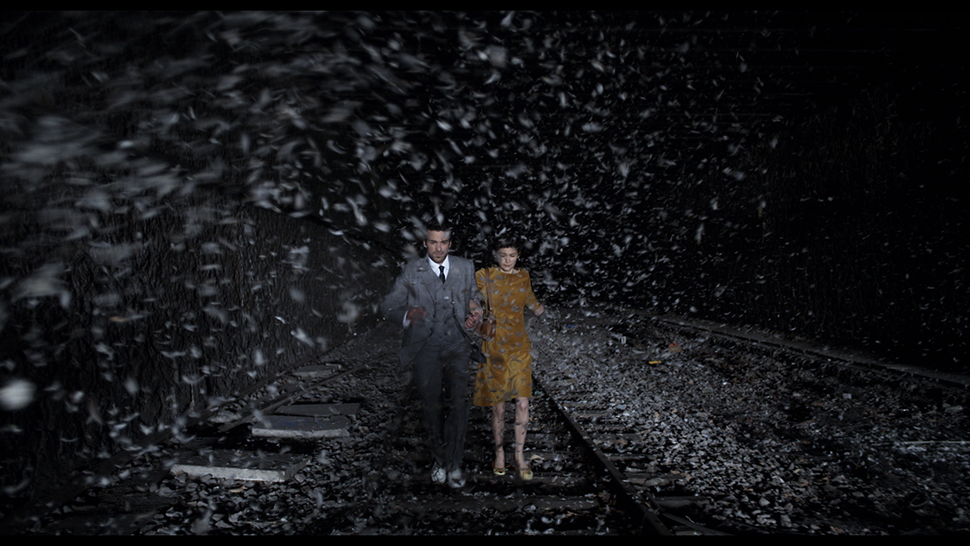
The illicit depictions made them a personal favourite for a generation of youths of a certain age, including Gondry when he was growing up. “It was a way to read about sex,” he tells me. “And even though it was well known that Sullivan was Vian, that idea was mysterious, and quite exciting. From there I got into the other stories.”
Foam of the Daze is actually part of the curriculum for French high-school-age students — one of those classics that’s assigned whether you like it or not. “In France, if someone has read three books in his life, he has read this one,” Gondry told me. (Rosenbaum admitted he didn’t much care for it as a kid.)
This widespread familiarity in Gondry’s homeland only served to add to the pressure of making a movie that felt faithful to the original. “Sometimes people get a bit upset because they pictured something different,” he says. “But I tried very hard to be truthful to Boris Vian.”
I was turned onto Vian a few years ago after a new friend and I spent an unexpected late night listening to records and talking about the books that blew our minds, as you do, and was unexpectedly gifted with his copy of Foam of the Daze. For me, it was the kind of pulse-racing cover-to-cover experience that makes you want to tap strangers on the shoulder to tell them about the paperback wonder you’ve somehow only just now found out about but has already managed to thoroughly change your life. It was a revelation that instantly rocketed to the top of my treasured list of faves, and I couldn’t believe that not only had I never heard of it before, but neither had anyone else I gushed to had, either.
So I can totally relate to that sense of epiphany when Gondry talks about finding and falling for Vian; it’s like you’ve been let in on some kind of super-cool underground. That he’s brought that same privilege to the theatre-going masses is great. That he’s done it using practical effects in an industry that seems hellbent on depicting anything outside the norm with motion capture and computer imaging makes this movie truly unique — and genuinely special.

